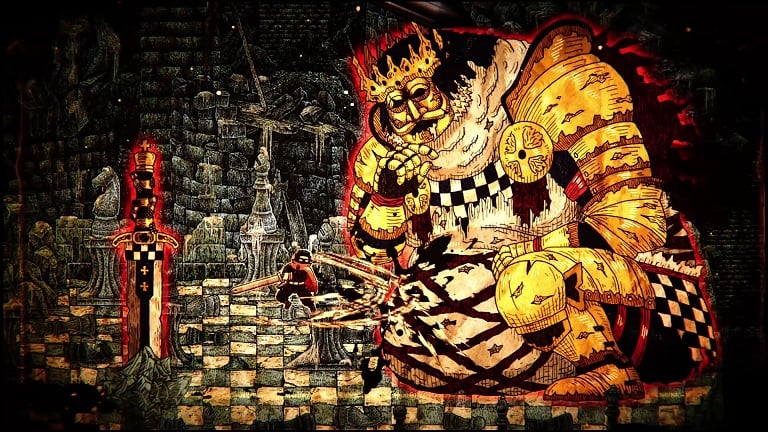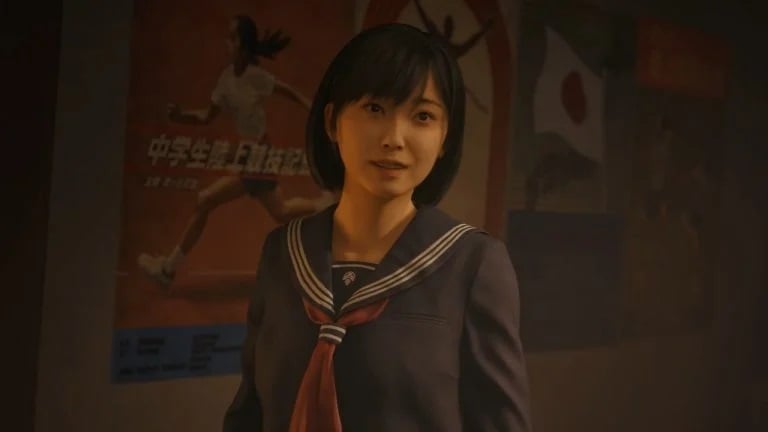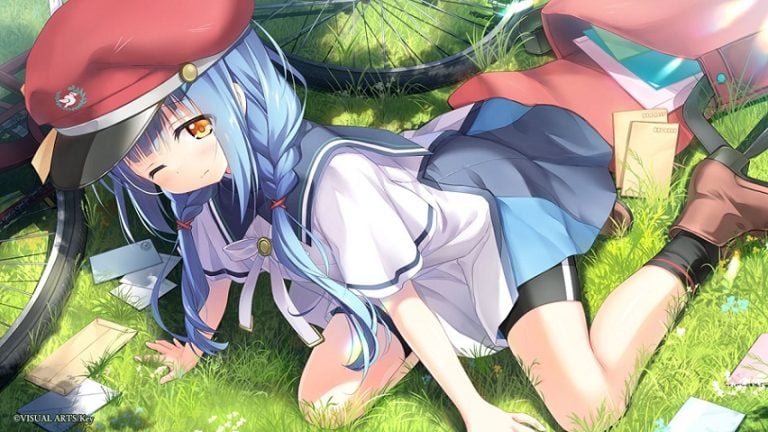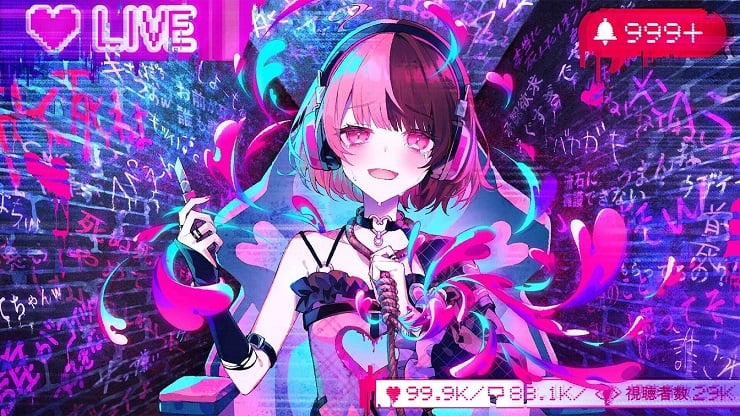Shueisha Games announced their upcoming 2D exploration adventure game Chronoscript: The Endless End, on 25 September. Developed by DeskWorks, the game is described as a new take on the metroidvania genre, featuring the studio’s characteristic hand-drawn graphics and animations. AUTOMATON Japan recently had the opportunity to get together with game director Tom Fujii, designer Nam Namba (DeskWorks) and producer Masami Yamamoto (Shueisha) to ask them more about the origins of Chronoscript. What existying games did they base the new title on, and what is it that makes it “new” compared to its peers in the metroidvania genre?
“When talking about the game’s roots, we can’t not mention the Metroid series and the Castlevania series. Also, Hollow Knight, Blasphemous, and ENDER LILLIES: Quietus of the Nights were some of the other next generation titles that we used as reference… There are so many other good metroidvanias that are so fun to play and are worth trying out and expanding upon, which is why we viewed all of them as benchmarks for our game. Hollow Knight especially blew me away when I first played it. It was not just the action, I was also deeply moved by the way the insect world was depicted,” Fujii explained. There is no doubt that the developers intended for Chronoscrip to become a successor of the genre-defining classics while standing shoulder-to-shoulder with its contemporary rivals. But what exactly is it that sets the title apart from the crowd?
Producer Yamamoto points out that DeskWorks studio is intent on maintaining their signature art style and direction throughout development. “While they do have said benchmark titles set as goals for the game, they’re continuously working on maintaining their originality. While it inherits the lineage of DeskWorks’ RPG TIME: The Legend of Wright, Chronoscrtipt’s art-style takes on a more mature direction, closer to a dark fantasy – a kind of worldview that balances well with actual player skill.”
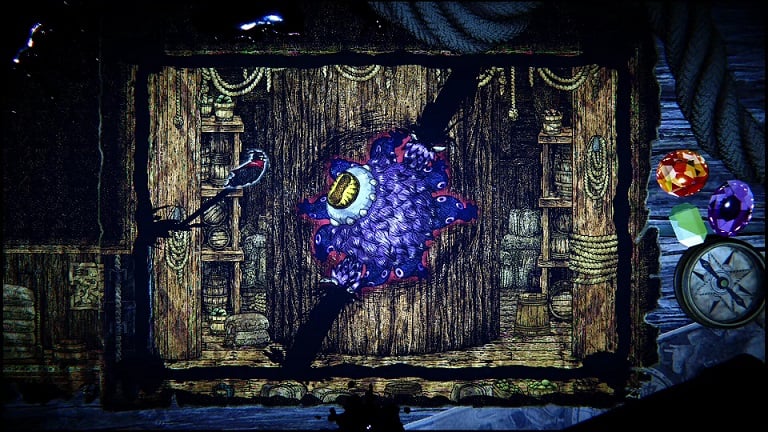
Apparently, this “original spin” on the genre doesn’t boil down to just having a unique art style – and the devs seem determined to prove it, fittingly nicknaming the game’s genre as “metroidvania +.” As Fujii explains, Chronoscript is a game made by developers who love metroidvanias and are pouring all of their effort into creating one. So, with the metroidvania genre as the foundation, the “+” is there to put an emphasis on the studio’s strengths and represent all the unique points that they’re bringing to the table.
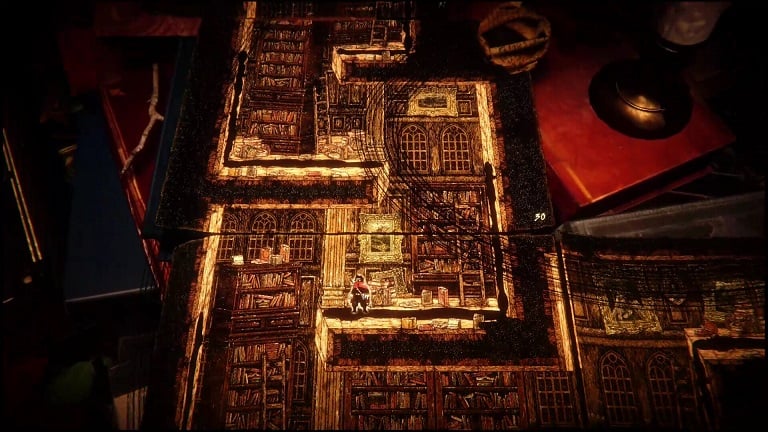
For example, one game design element the devs decided to approach differently is the map. Most metroidvania games have a map that the players have to check every now and then as backtracking and nonlinear exploration are pretty much a genre staple. As they say, “in metroidvanias, you spend almost as much time checking the map as you do actually playing the game.” That’s why DeskWorks pitched a world map that has more to it than just “checking your location.” As explained by Fujii, the map is created out of interconnected papers expressed in 3D space, while the base gameplay is happening on a 2D field. To check your location, you’ll have to zoom out of your play field, meaning the map serves as means to seamlessly connect the 2D and 3D perspectives in the game (both of which are equally important to the gameplay, as the 3D space can affect what’s happening in the play field).
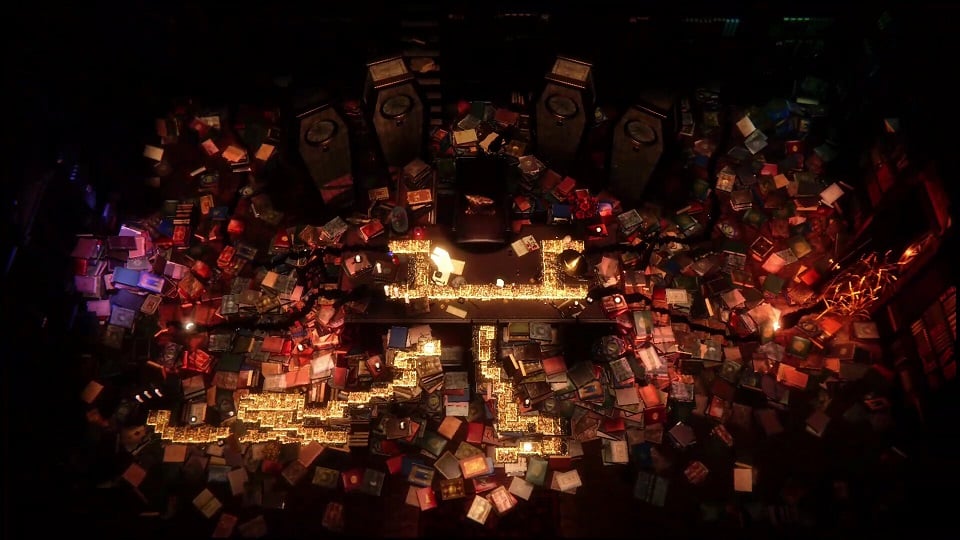
Chronoscript: The Endless End is set to release in 2026, for PC (Steam) and PlayStation 5.

